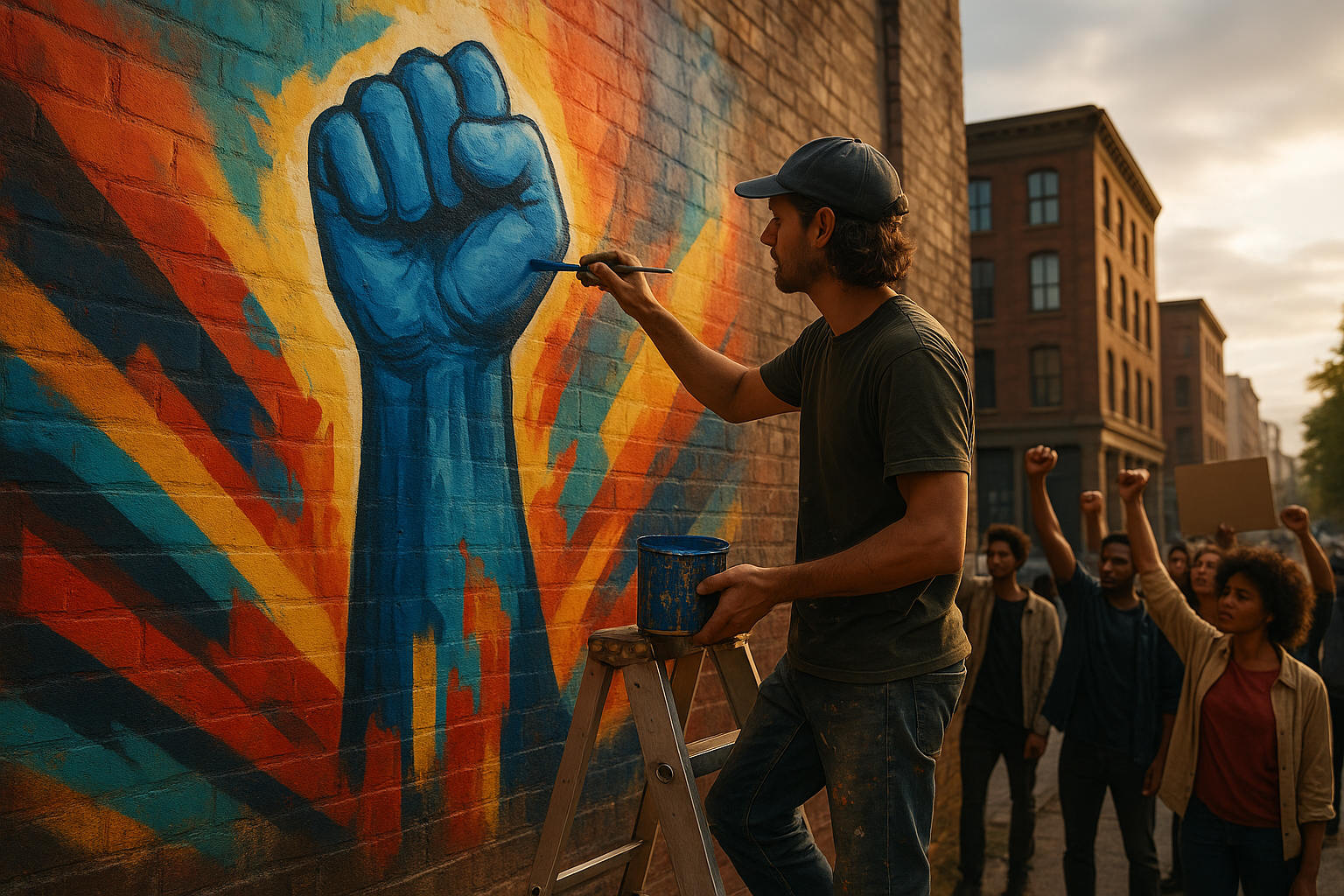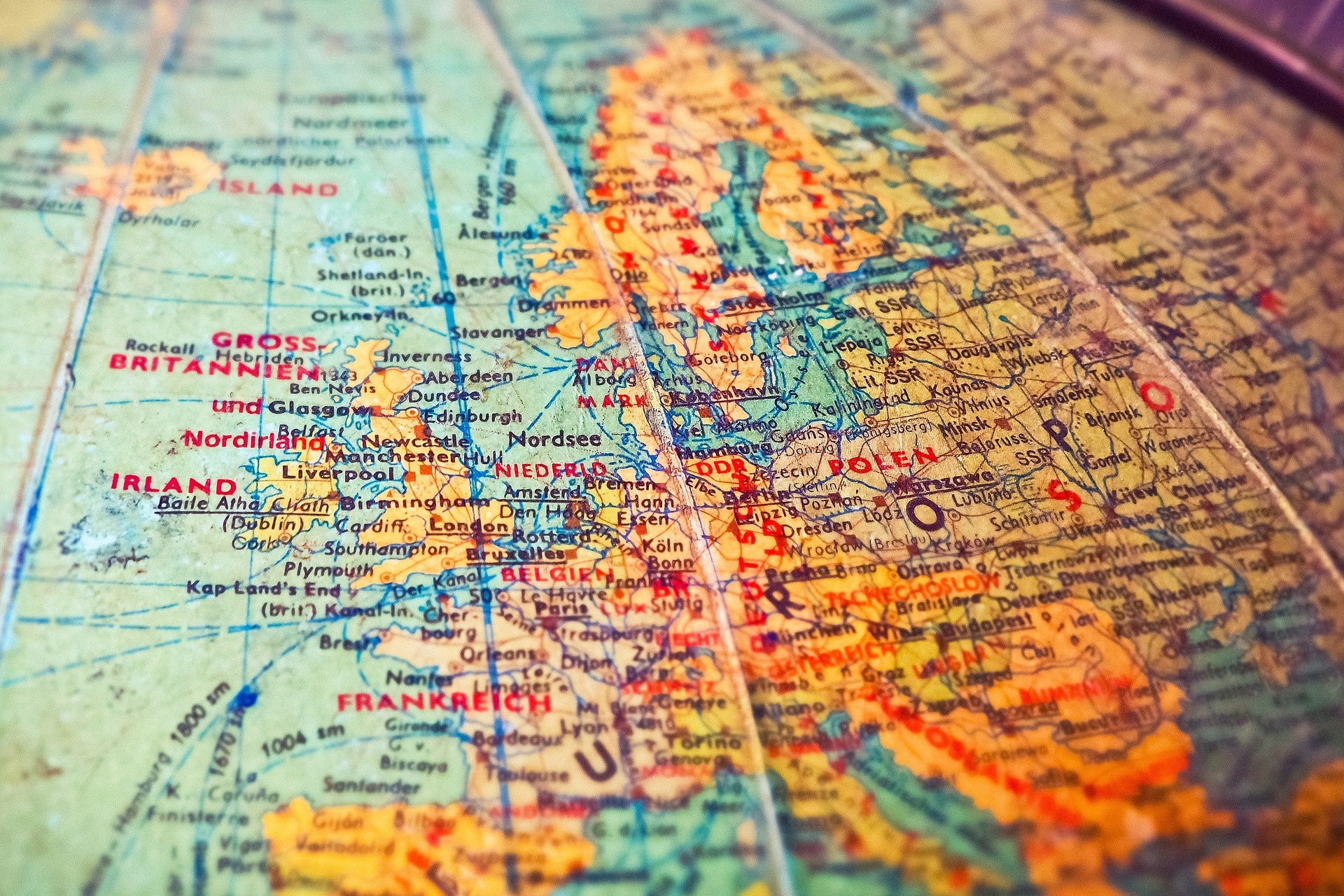Shaping the Future: The Role of Public Art in Social Change
The world around us is a canvas. From the graffiti-laden walls of urban landscapes to the sprawling murals on rural buildings, public art has long been a fixture of society. It's more than just an aesthetic choice. Public art has been a significant force in reflecting and instigating social change. It's a powerful tool for communication, a medium for protest, and a beacon of cultural identity.

Public art is a mirror that reflects the nuances of society. It offers a unique perspective on societal issues and historical context. It’s a platform where people can express their thoughts, beliefs, and ideas—where they can speak without uttering a single word.
Public art: A historical perspective
Art has been a tool for communication since the dawn of civilization. Early cave paintings told stories, documented history, and expressed beliefs. As societies evolved, so did art. It became more than just a form of expression—it became a tool for social change.
From the political cartoons of the 18th and 19th centuries to the graffiti and murals of the 20th and 21st, public art has been a means to challenge the status quo, raise awareness, and advocate for social reform.
Public art in the contemporary world
In recent years, public art has played a critical role in shaping society. It’s a dynamic form of self-expression, a platform for dialogue, and a catalyst for change. It’s a medium that can challenge societal norms, highlight social issues, and bring communities together.
Think of the murals depicting the Black Lives Matter movement, the graffiti advocating for LGBTQ+ rights, or the sculptures symbolizing climate change. These works are more than just art—they’re powerful messages that inspire action and instigate change.
The significance of public art in social movements
Public art has been a critical component of many social movements. It’s a way for people to express their support, showcase their solidarity, and voice their dissent.
For example, the “I AM a Man” signs from the Civil Rights Movement in the 1960s were a powerful symbol of resistance and a demand for equality. The AIDS quilt, created in the 1980s, was a poignant memorial to those who lost their lives to the disease, while also advocating for better healthcare and research.
Public art shaping modern society
Public art is not just about reflecting society—it’s also about shaping it. It can inspire, provoke thought, and foster critical conversations. It can bring communities together, draw attention to important issues, and facilitate social change.
In a world where we’re often bombarded with digital media, public art offers a tangible, real-world experience. It’s a medium that’s accessible to everyone, regardless of age, background, or socioeconomic status.
Public art is a powerful tool for social change, a platform for dialogue, and a testament to our collective cultural identity. It’s a mirror reflecting our society and a beacon guiding us toward the future.
In conclusion, public art, with its unique blend of creativity, thought-provoking themes, and social commentary, is more than just an aesthetic element. It’s a powerful lens through which we can view the complexities of society, fostering dialogue, raising awareness, and catalyzing social change. The power of public art lies in its ability to connect people, promote empathy, and inspire change by providing a platform for self-expression, dialogue, and collective action.






